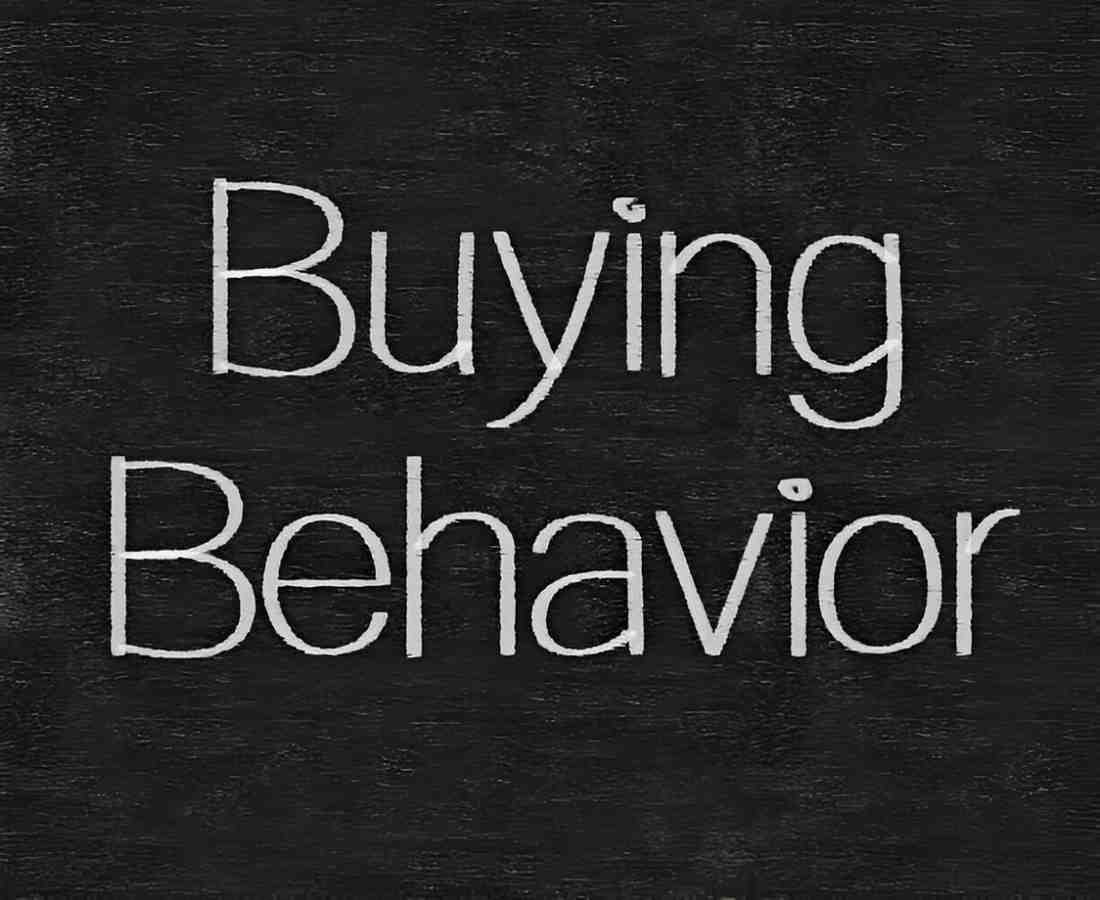Post-purchase behavior shapes the future of businesses more than most realize. I have spent years analyzing consumer habits, and one truth stands out—what happens after a sale often matters more than the sale itself. Whether a customer becomes a loyal advocate or a vocal critic depends on how they perceive their purchase experience. In this article, I break down post-purchase behavior, its psychological underpinnings, and real-world applications
Table of Contents
What Is Post-Purchase Behavior?
Post-purchase behavior refers to the thoughts, feelings, and actions a consumer experiences after buying a product or service. It includes satisfaction, regret, repeat purchases, and even word-of-mouth recommendations. Understanding this behavior helps businesses refine marketing strategies, improve customer retention, and reduce churn.
The Psychological Foundations
Cognitive dissonance plays a crucial role here. Leon Festinger’s theory (1957) suggests that buyers often feel tension if their purchase doesn’t align with their expectations. To reduce this discomfort, they might:
- Seek reassurance (e.g., reading positive reviews).
- Return the product.
- Justify the purchase to themselves.
For example, someone buying a luxury watch might second-guess their decision. If the watch arrives with flawless packaging and a personalized note, the dissonance fades.
Key Stages of Post-Purchase Behavior
1. Post-Purchase Evaluation
Customers compare their expectations with the actual product performance. The satisfaction level (S) can be modeled as:
S = \text{Perceived Performance} - \text{Expectations}If S > 0, the customer is delighted. If S < 0, dissatisfaction arises.
Example: Smartphone Purchase
- Expectation: Fast performance, long battery life.
- Reality: Phone overheats.
- Outcome: Negative review and possible return.
2. Product Use and Experience
How frequently and effectively a customer uses the product influences retention. A study by Reichheld & Sasser (1990) found that a 5% increase in customer retention boosts profits by 25% to 95%.
3. Post-Purchase Actions
These include:
- Repeat Purchases (Customer buys again).
- Brand Advocacy (Customer refers others).
- Complaints & Returns (Negative outcomes).
Factors Influencing Post-Purchase Behavior
| Factor | Impact | Example |
|---|---|---|
| Product Quality | High quality = Positive behavior | Apple users upgrading yearly |
| Customer Service | Poor service = Negative reviews | Comcast’s reputation struggles |
| Price Sensitivity | Overpaying = Buyer’s remorse | Luxury car buyers seeking validation |
| Social Proof | Reviews shape perception | Amazon’s rating system |
Measuring Post-Purchase Behavior
1. Net Promoter Score (NPS)
NPS categorizes customers into:
- Promoters (9-10)
- Passives (7-8)
- Detractors (0-6)
The formula is:
\text{NPS} = \frac{\text{Promoters} - \text{Detractors}}{\text{Total Respondents}} \times 100A score above 50 is excellent.
2. Customer Lifetime Value (CLV)
CLV predicts future revenue from a customer:
\text{CLV} = \text{Average Purchase Value} \times \text{Purchase Frequency} \times \text{Customer Lifespan}Example Calculation:
- Average purchase: $50
- Frequency: 4 year
- Lifespan: 5 years
- CLV = $50 × 4 × 5 = $1,000
Real-World Examples
Amazon’s Review System
Amazon leverages post-purchase feedback to build trust. A product with 4.5 stars sells better than one with 3 stars, even if the difference is marginal.
Tesla’s Over-the-Air Updates
Tesla reduces cognitive dissonance by improving cars post-purchase. A customer who regrets buying a Model 3 might feel better after a free performance upgrade.
Costco’s Generous Return Policy
Costco’s no-questions-asked returns minimize regret, increasing long-term loyalty.
Strategies to Improve Post-Purchase Behavior
- Follow-Up Emails
- Thank the customer.
- Offer support.
- Request feedback.
- Loyalty Programs
Starbucks’ rewards program increases repeat purchases by offering free drinks after a certain spend. - Personalization
Netflix suggests shows based on viewing history, reinforcing satisfaction.
Common Pitfalls
- Ignoring Complaints – A single unhappy customer can deter dozens of potential buyers.
- Overpromising – Setting unrealistic expectations leads to dissatisfaction.
Final Thoughts
Post-purchase behavior isn’t just an afterthought—it’s a cornerstone of business growth. By understanding and optimizing it, companies can turn one-time buyers into lifelong customers. Whether through stellar service, smart follow-ups, or data-driven adjustments, the key lies in making the customer feel valued long after the sale.





